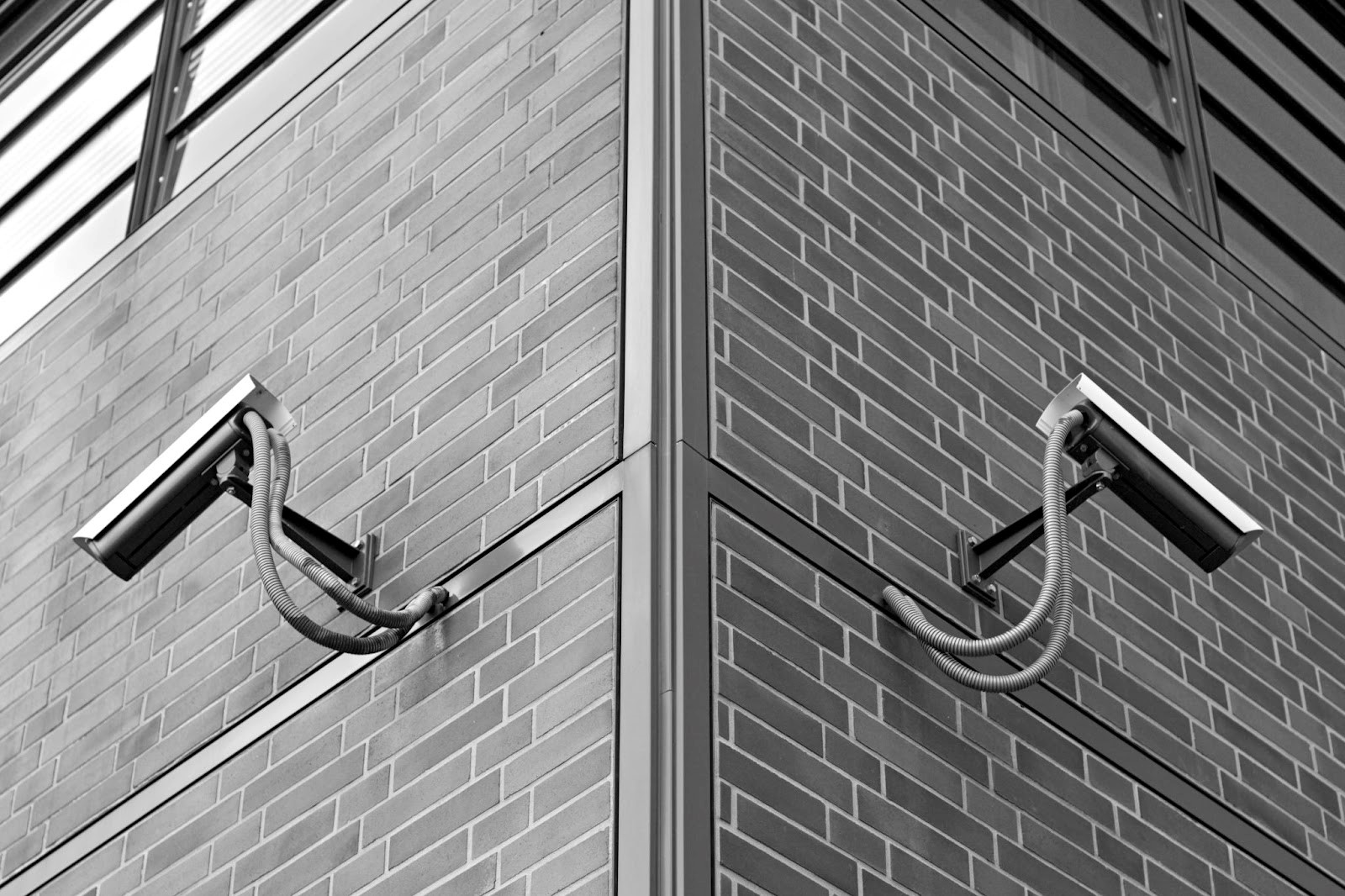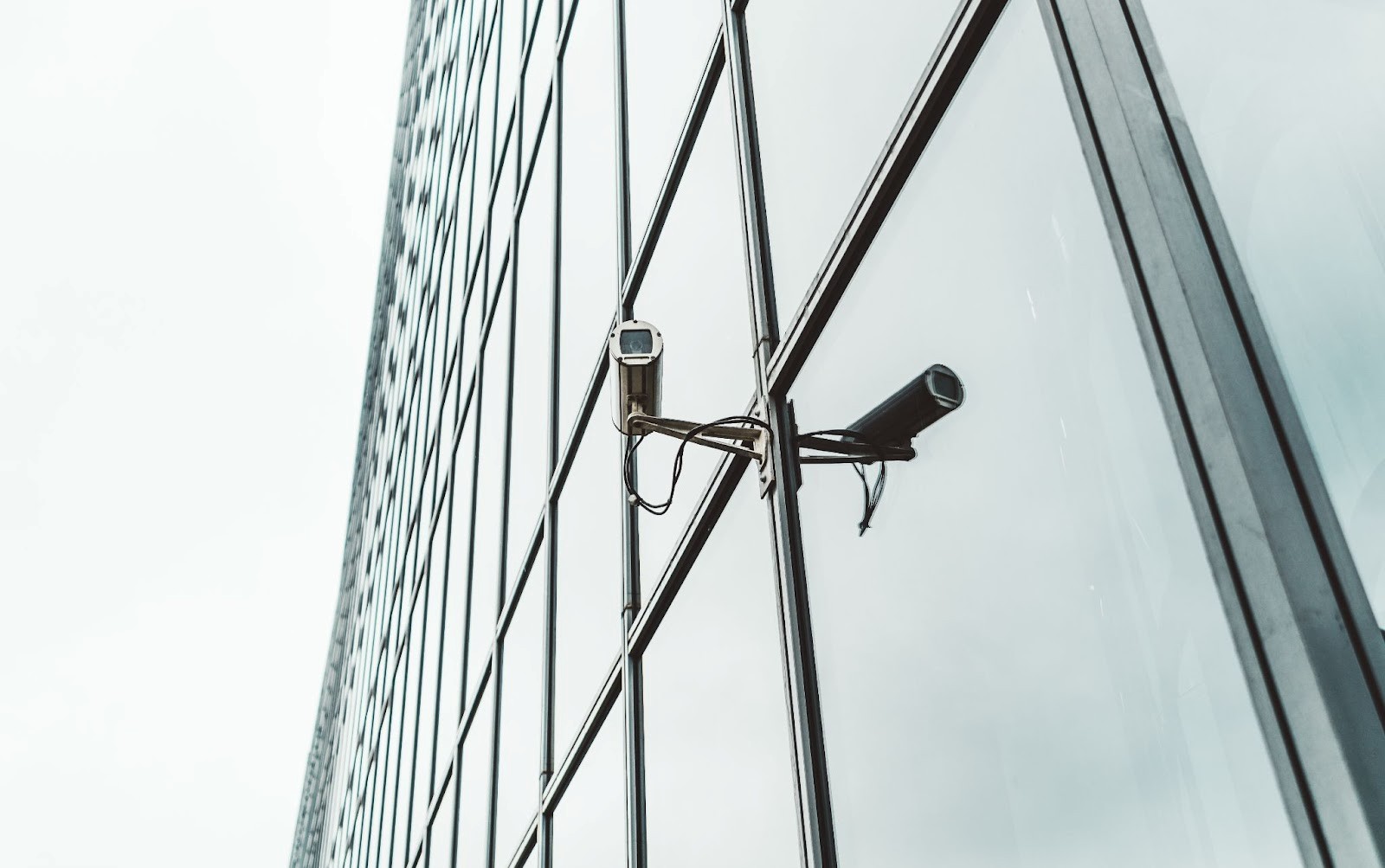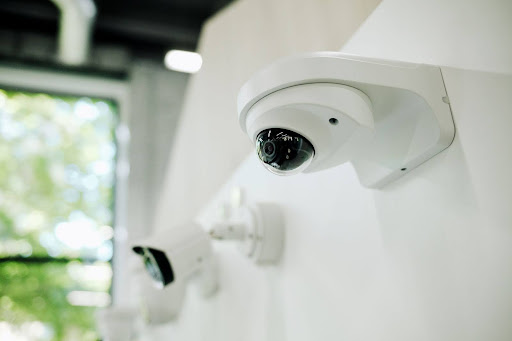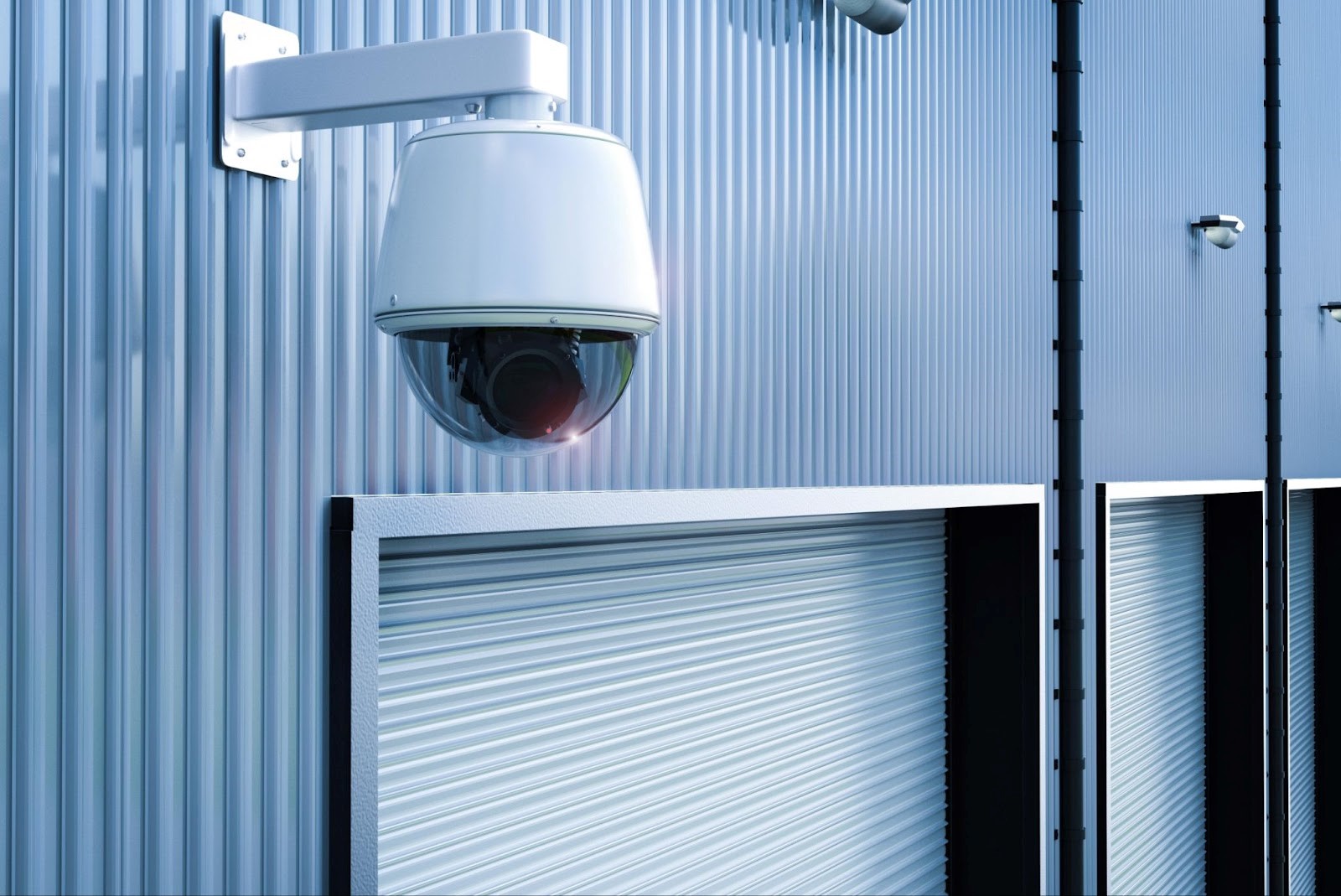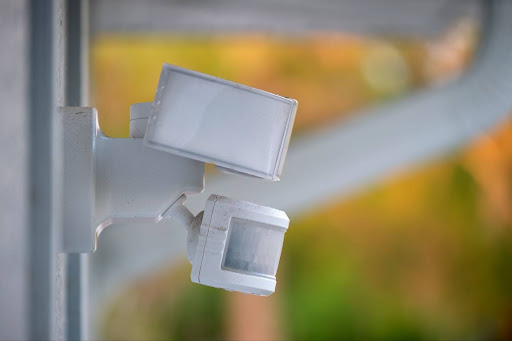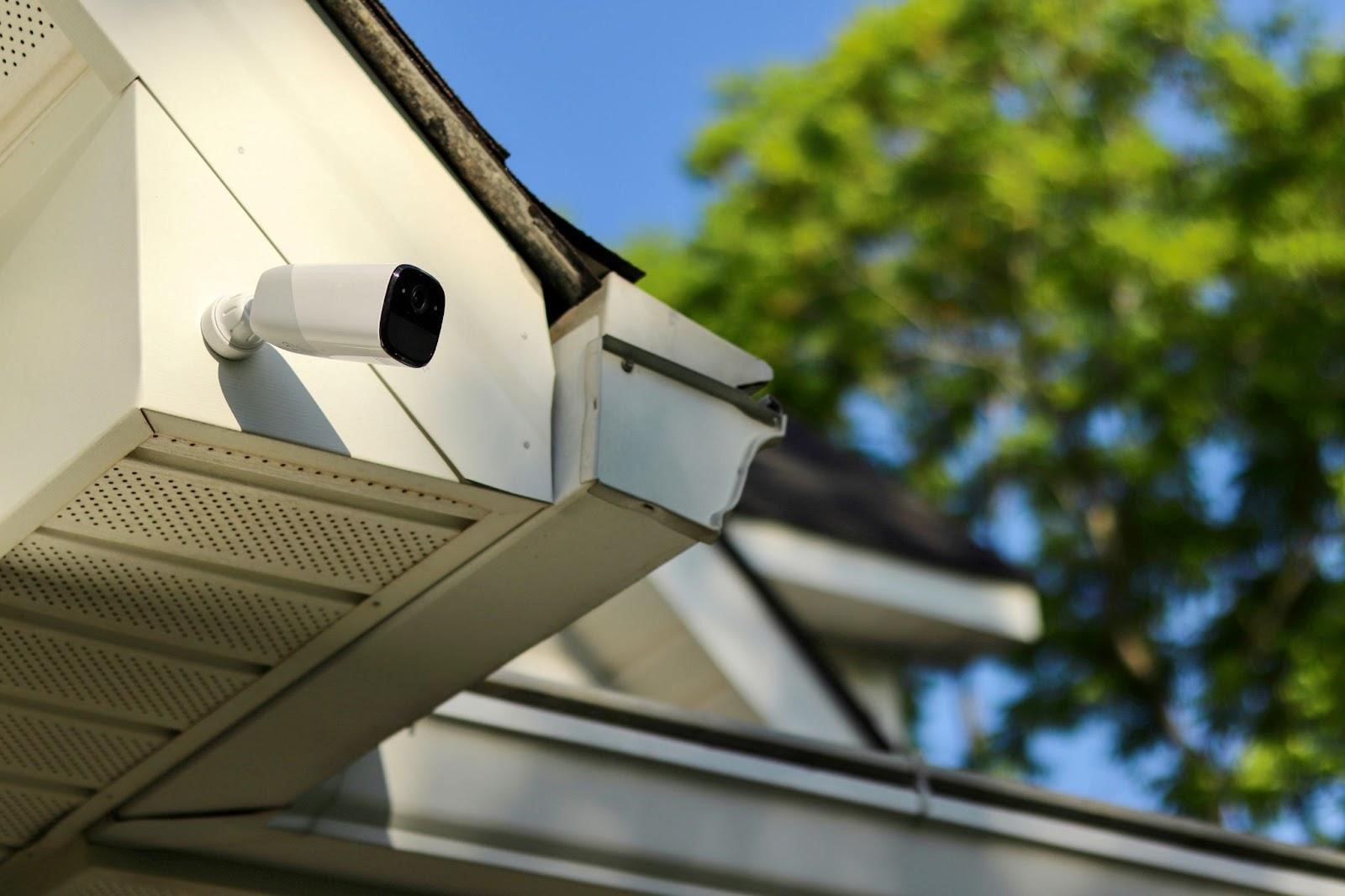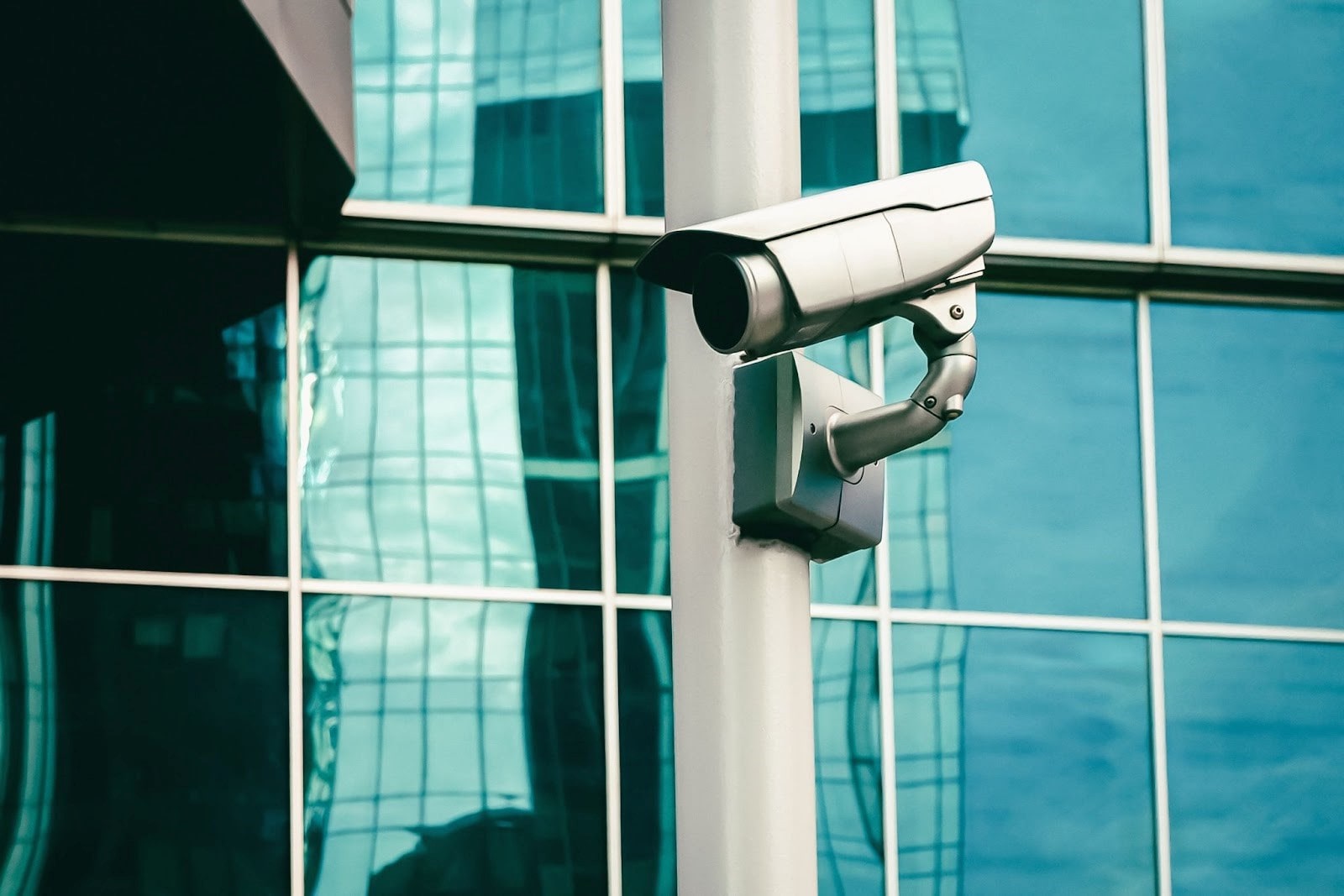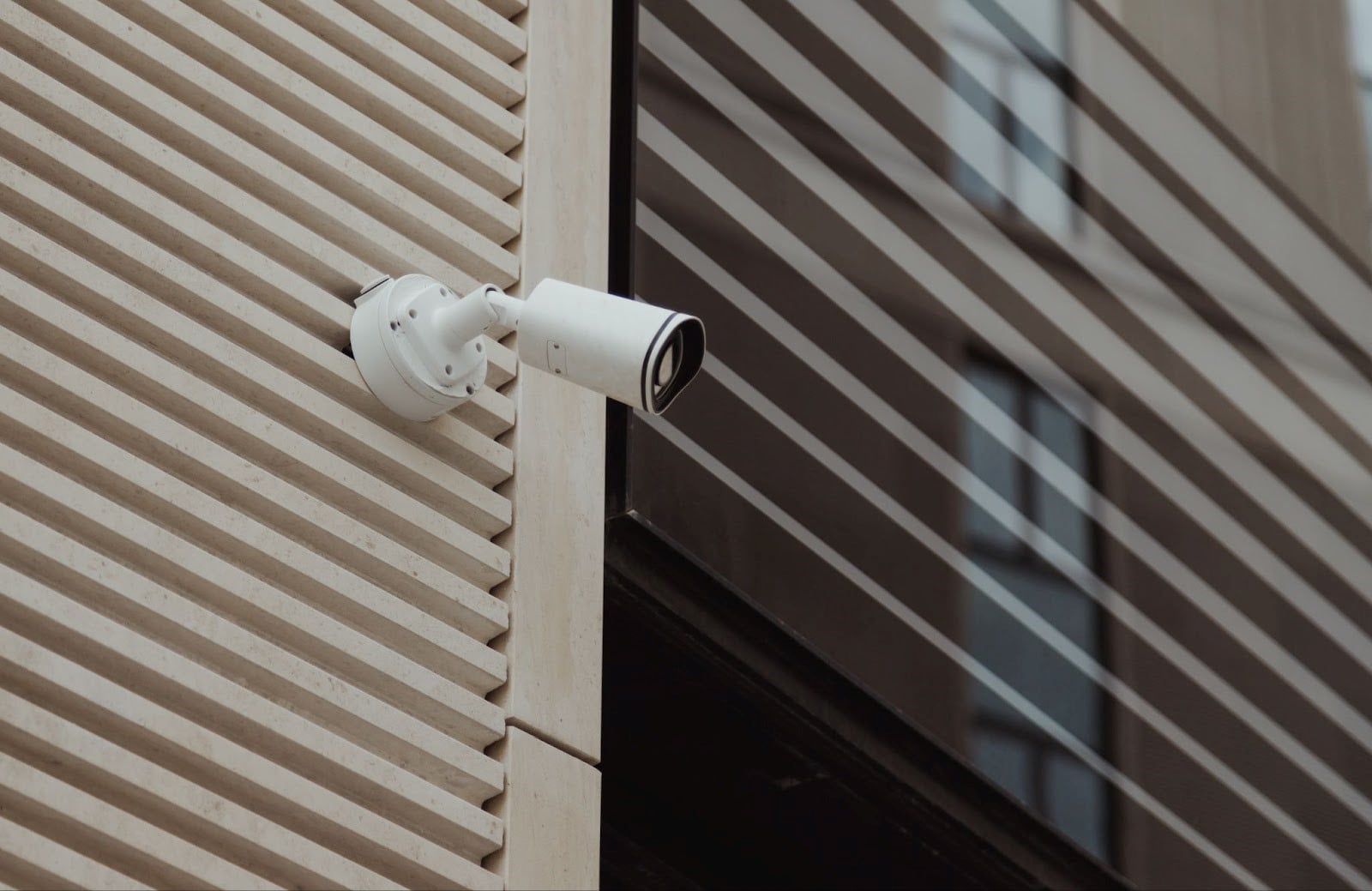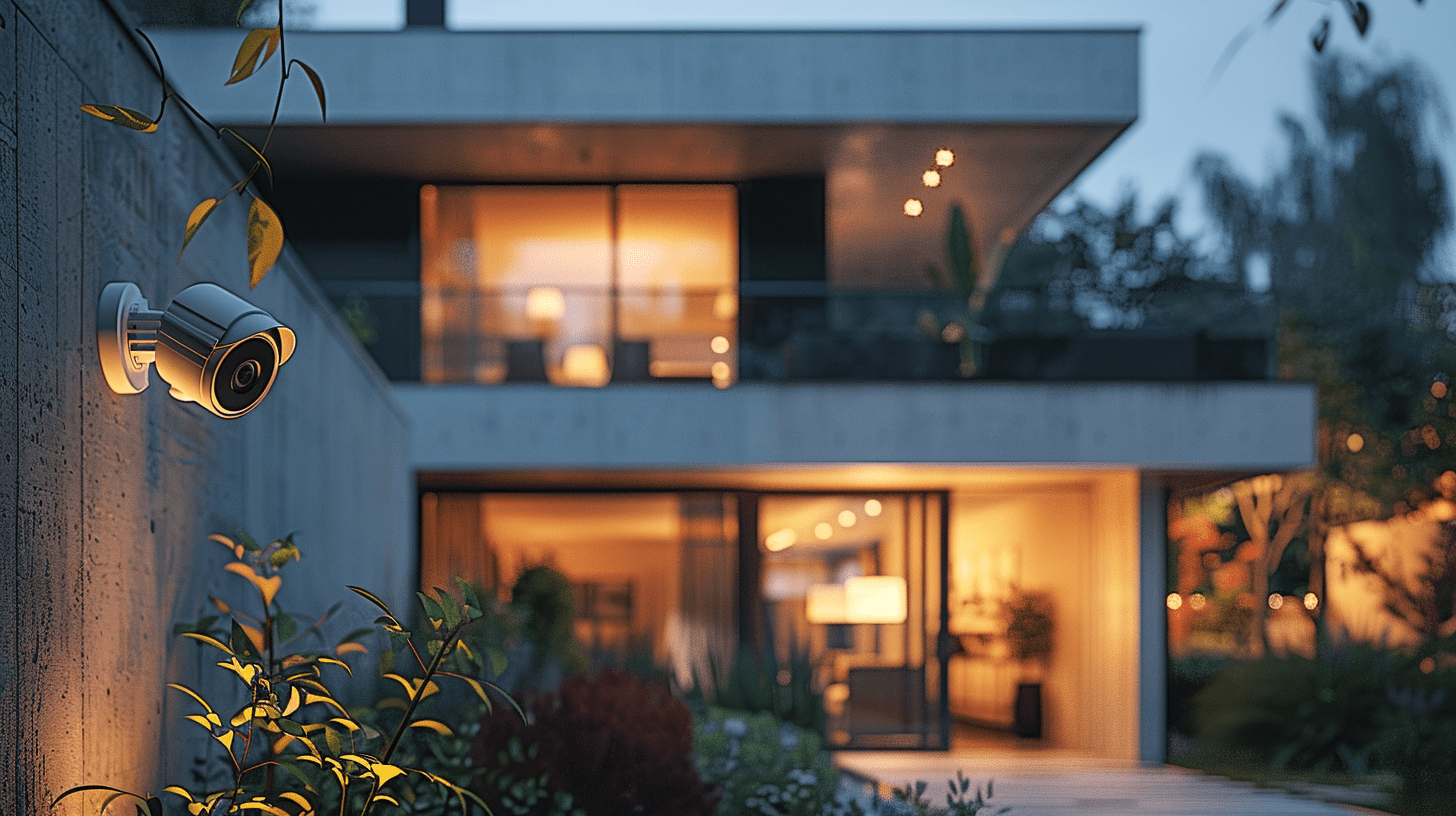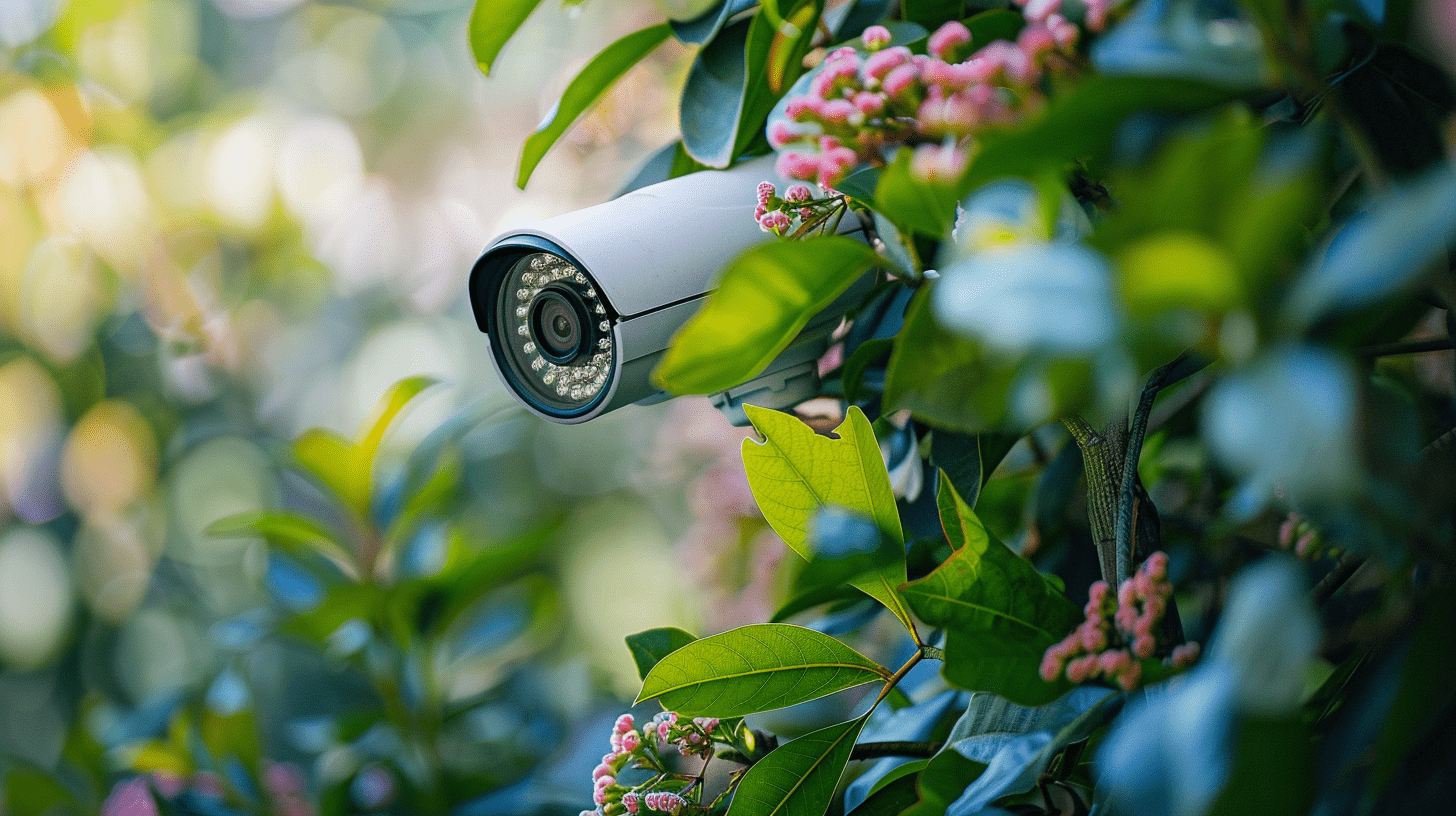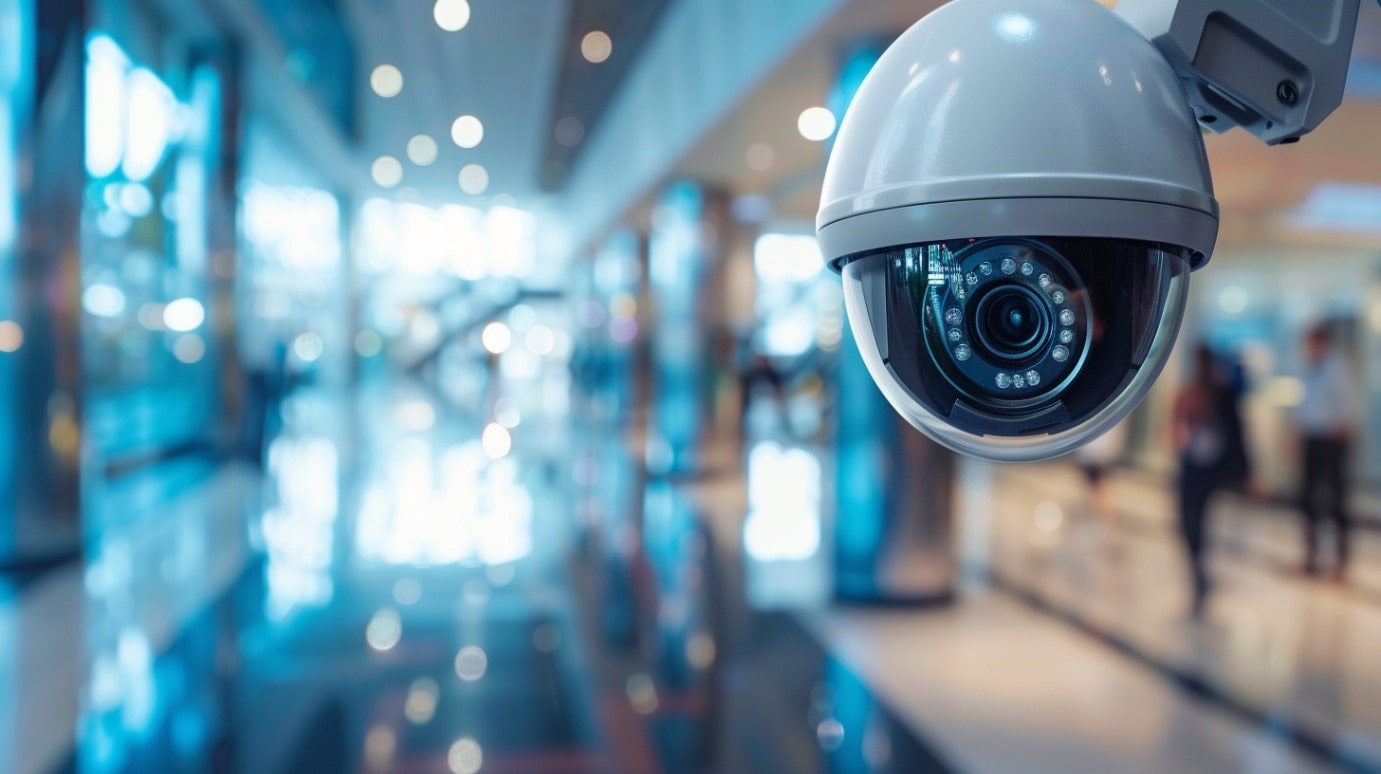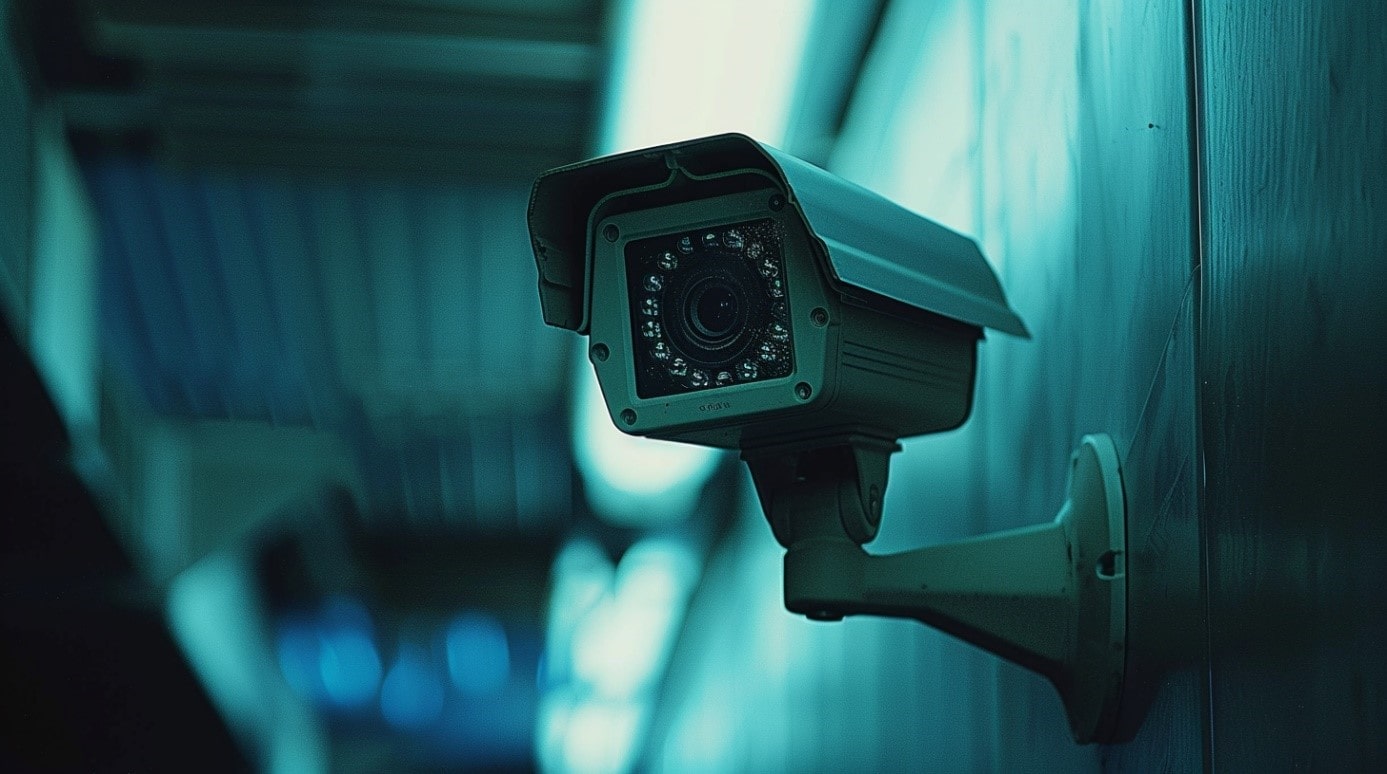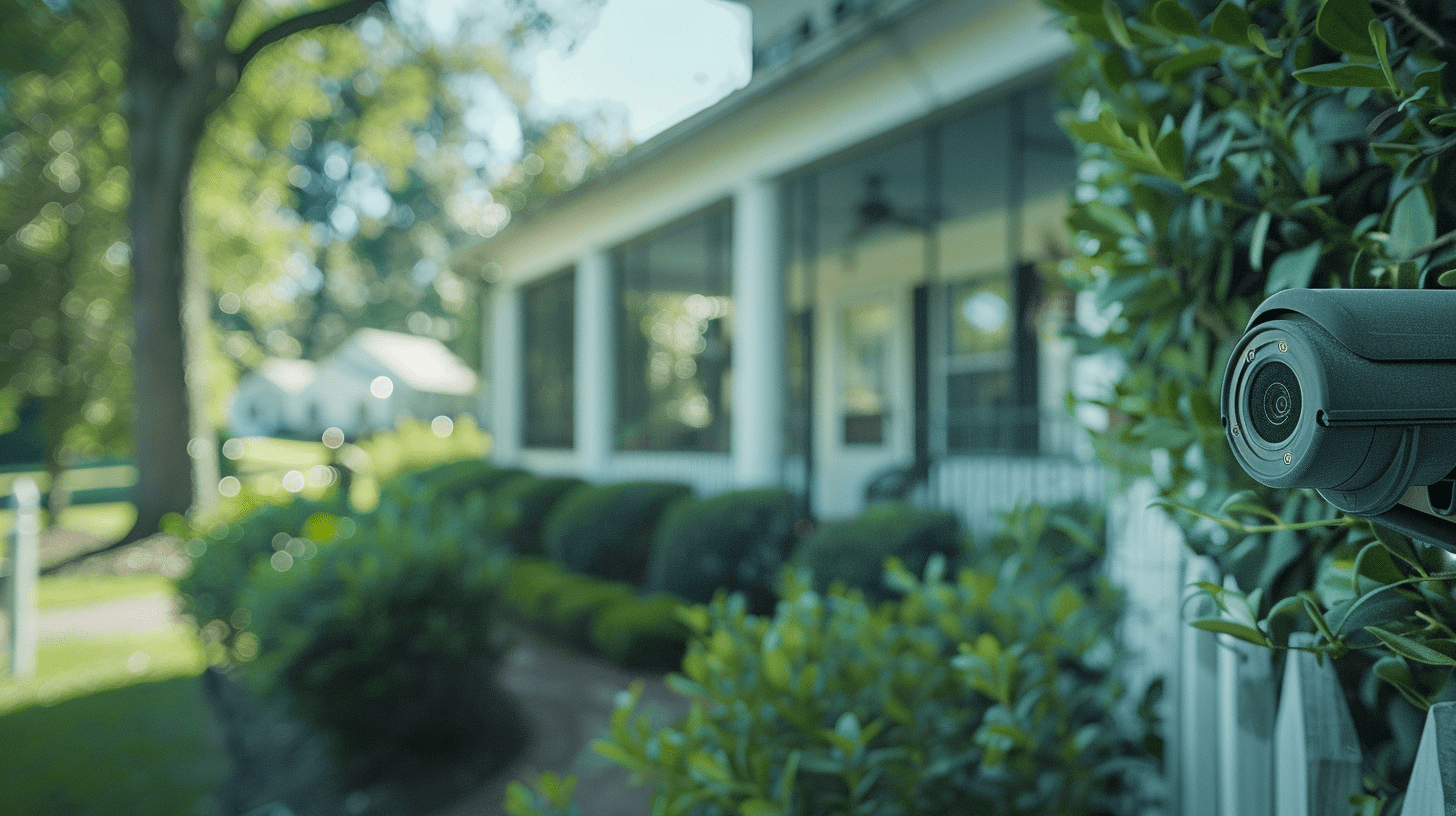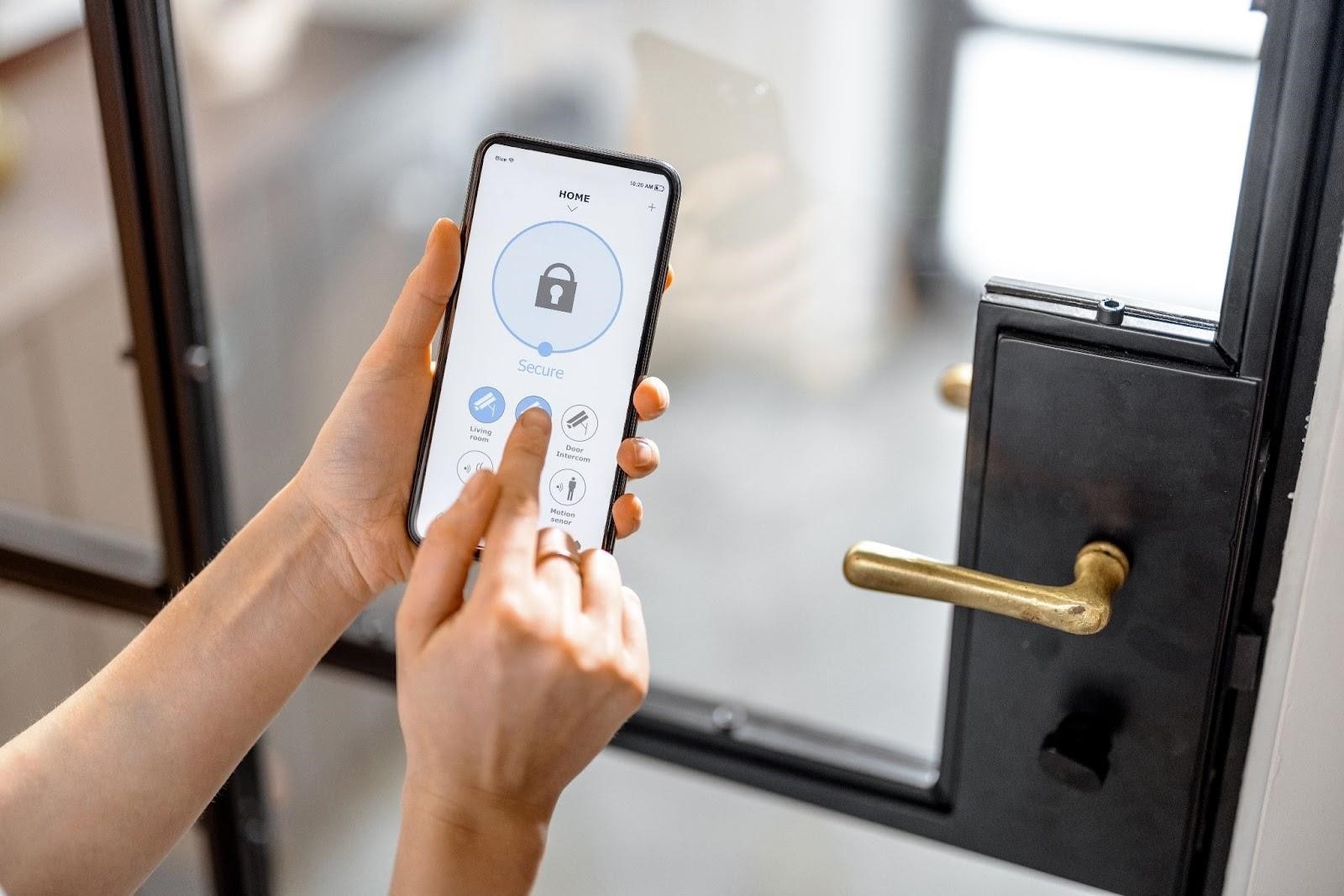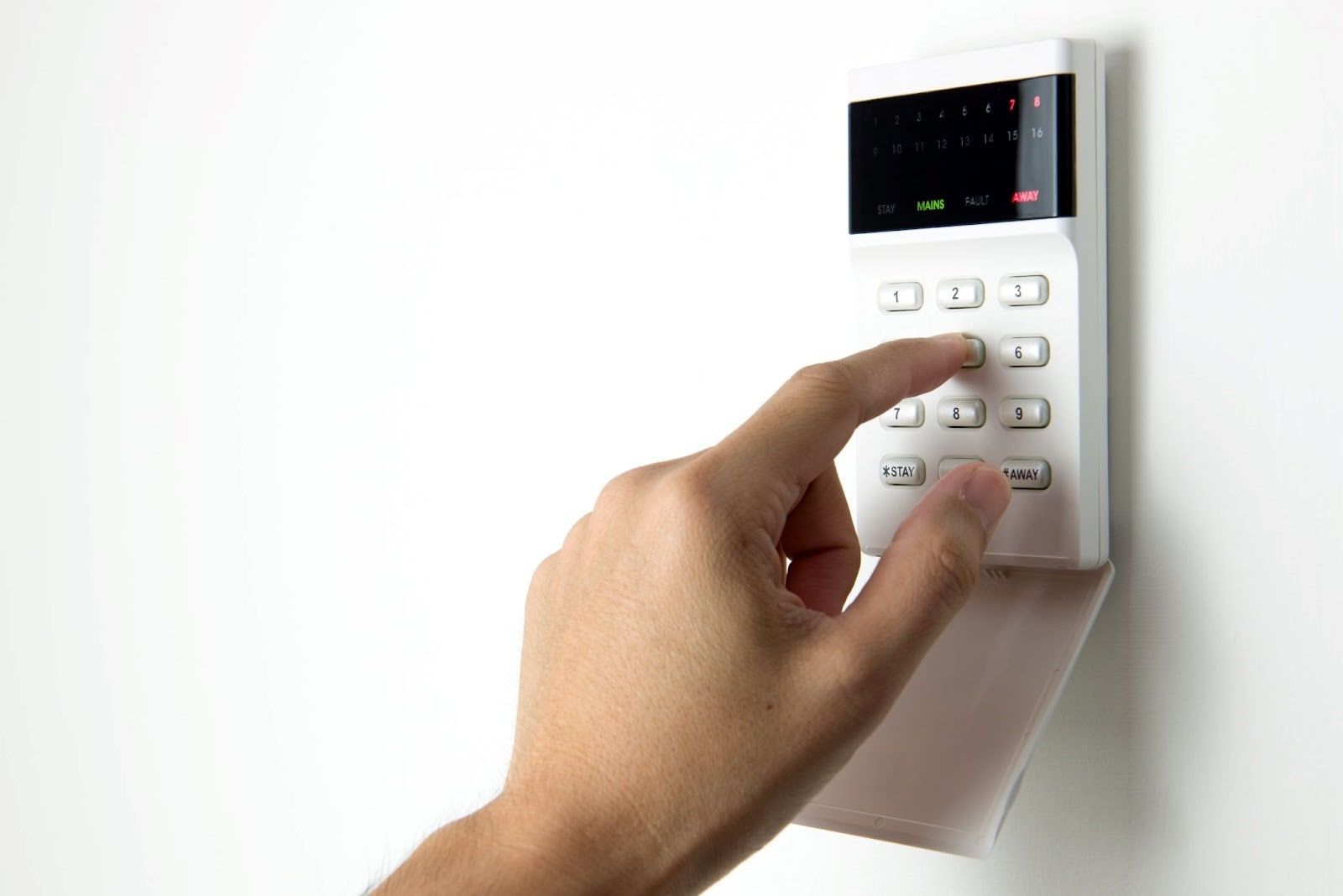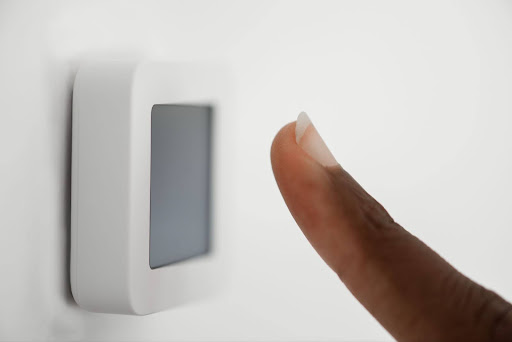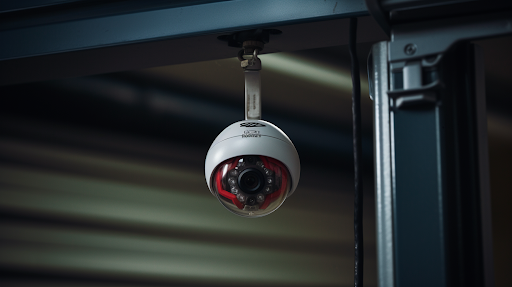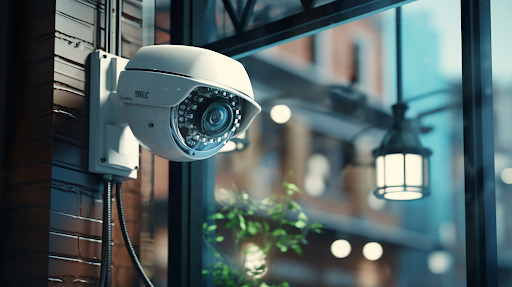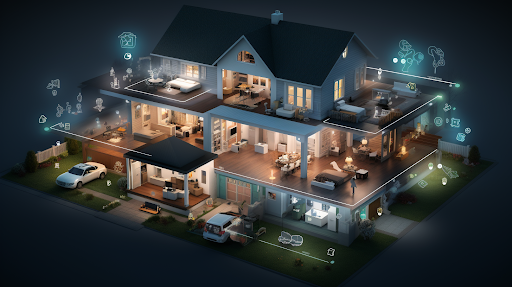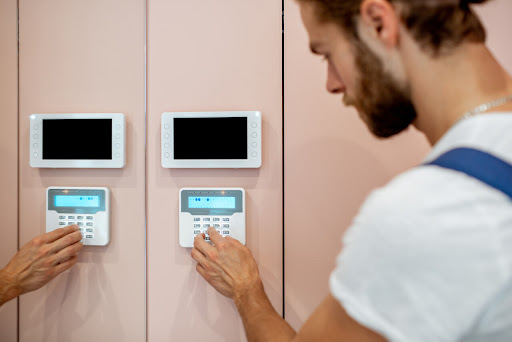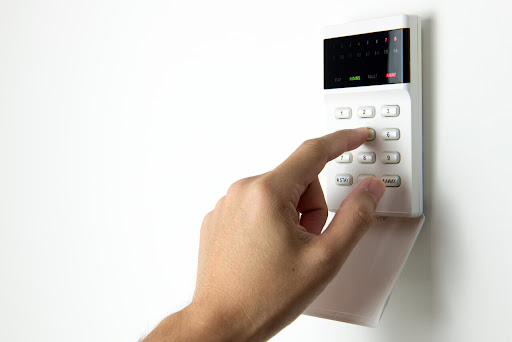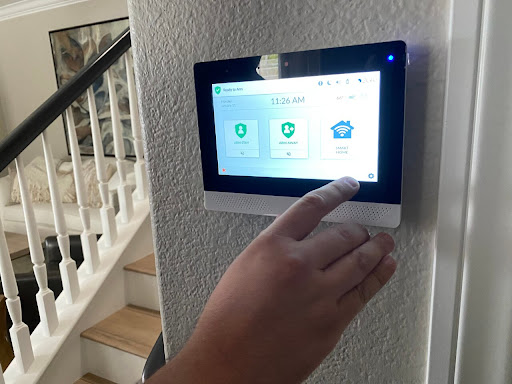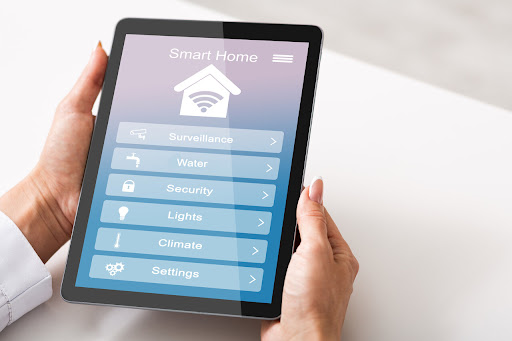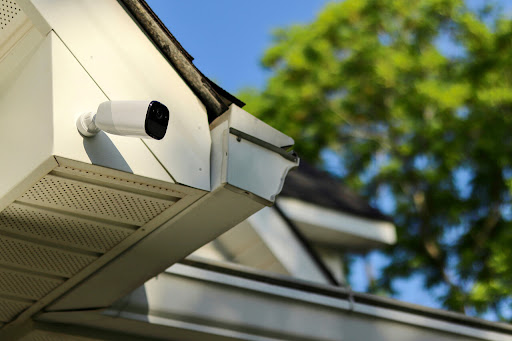
Types of Surveillance Technology: Guide to Modern Monitoring Methods
Sommaire
- Why Do You Need Surveillance?
- Different Types of Surveillance Explained
- Electronic Surveillance: Monitoring via Electronic Devices
- Physical Surveillance: A Traditional Yet Effective Method
- Key Features:
- Cybersecurity Surveillance: Monitoring Online Activities
- Tools Used:
- Biometric Surveillance: Tracking Through Human Features
- Common Biometrics:
- Artificial Intelligence in Surveillance: The Future Is Here
- Features and Applications:
- How to Choose the Right Security System for Your Needs
- Protect Your Business With Sting Security‘s Surveillance Systems
Surveillance has become a vital component of modern lives, assisting private investigators, law enforcement, and government agencies in monitoring criminal activity, enforcing regulations, and ensuring national security.
From traditional methods to advanced digital surveillance systems, the wide range of surveillance techniques today spans physical, electronic, biometric, cyber, and artificial intelligence (AI)-powered systems. This blog post explores the most common types of surveillance and highlights the tools, ethical standards, and legal considerations surrounding them.
Why Do You Need Surveillance?
Surveillance plays a crucial role in protecting both homes and businesses from criminal activity. Whether through physical surveillance, electronic devices, or advanced artificial intelligence systems, these solutions help deter threats, monitor behaviour, and provide crucial evidence.
Here are some key scenarios where surveillance is an excellent investment:
- Home Security: Deter break-ins and monitor suspicious individuals in real time.
- Office Buildings: Track access with biometric surveillance and smart devices while maintaining workplace privacy laws compliance.
- Retail Stores: Prevent theft, monitor staff activity, and protect inventory using surveillance equipment.
- Parking Lots: Use thermal imaging cameras and video surveillance to ensure customer and employee safety.
- Construction Sites: Prevent equipment theft and vandalism through aerial surveillance or static surveillance systems.
Talk to a surveillance expert today
Different Types of Surveillance Explained
Surveillance comes in many forms, each suited to specific security needs. From traditional physical surveillance to advanced AI systems, understanding your options can help you choose the right method. Below are the different types of surveillance used in homes, businesses, and investigations:
Electronic Surveillance: Monitoring via Electronic Devices
Electronic surveillance refers to the use of electronic devices, such as audio recording equipment, alarm systems, and motion sensors, to monitor environments for security purposes. This type of surveillance is commonly used to detect criminal activity, gather evidence, and enhance safety in both public and private spaces.
- Audio Surveillance: Involves the use of recording devices to capture conversations or sounds in an area of interest.
- Video Surveillance: Includes the use of cameras, typically regulated by laws, to monitor spaces for security or investigative purposes.
- Motion Sensors: Detect movement within a designated area, triggering alerts or activating other security measures.
- Alarm Systems: Integrated systems that alert security personnel or property owners when a breach or suspicious activity is detected.
Federal agencies often use electronic surveillance to track suspects, monitor criminal activity, and secure sensitive locations. However, strict adherence to legal standards—such as obtaining proper warrants or following one-party and two-party consent laws—is essential to avoid legal complications and uphold privacy rights.
Physical Surveillance: A Traditional Yet Effective Method
Physical surveillance, one of the most common forms of surveillance, is a time-tested method involving direct observation of individuals or locations. This type of surveillance is often employed by private investigators and federal law enforcement agencies during private investigations or criminal probes.
Key Features:
- Static surveillance: Involves observing from a fixed point.
- Mobile surveillance: Involves tracking individuals using vehicles or on foot.
- Aerial surveillance: Utilizes airborne vehicles like drones or helicopters (aerial vehicle helicopter spy units) for large-area observation.
Human investigators, security personnel, and even company vehicles are used to collect visual evidence and monitor suspicious individuals in public spaces. This form of surveillance is especially valuable to gather crucial evidence in real time, making it an indispensable tool in investigations.
However, privacy concerns and workplace privacy laws can limit its use. In countries with strong privacy rights, surveillance activities must adhere to lawful practices and be proportionate to the genuine threats they aim to address.
Cybersecurity Surveillance: Monitoring Online Activities
As digital interactions become the norm, cyber surveillance is essential in tracking online activities, detecting hacking attempts, and safeguarding sensitive data. This form of surveillance uses advanced tools to monitor email traffic, browser history, social network analysis, and even keystrokes.
Tools Used:
- Motion sensors and intrusion detection systems: Used to detect unauthorised physical entry into protected areas, triggering alerts for immediate security response.
- Tracking devices: Used alongside malware to trace digital movement help monitor the location and online activities of targets by exploiting their electronic devices or networks.
- Firewalls and encryption monitoring: Ideal for electronic trail analysis to safeguard data and track suspicious access attempts by analysing encrypted communications and filtering harmful traffic.
This type of surveillance is frequently used by law enforcement, corporate security teams, and federal law enforcement agencies to prevent cybercrimes, identity theft, and digital fraud. When implemented correctly, it acts as a powerful tool against potential threats in real time. However, misuse or unlawful surveillance can violate ethical standards and individual privacy rights, prompting legal and social consequences.
Biometric Surveillance: Tracking Through Human Features
Biometric surveillance is a highly advanced surveillance method that identifies individuals based on biological traits. These systems are increasingly deployed in airports, workplaces, and secure facilities for both lawful surveillance and access control.
Common Biometrics:
- Facial Recognition: Facial recognition systems and software identify individuals in real time using facial features, enhancing surveillance in public spaces and access control.
- Eye Biometrics: Iris scans and retina detection offer high-accuracy identification by analysing unique eye patterns, often used in secure areas and border control.
- Touch & Voice ID: Fingerprint readers and voice recognition authenticate identity through physical or vocal patterns, streamlining access to devices, buildings, and secure data.
Facial recognition is particularly prevalent in public spaces and is frequently used by government agencies and intelligence services to detect and track suspicious individuals across national borders. Coupled with AI-powered analysis, biometric systems offer adaptable surveillance solutions that reduce dependency on human operators.
Yet, biometric surveillance also presents serious privacy concerns, especially when deployed without consent. Misidentification, data misuse, and discriminatory outcomes are risks that must be mitigated through transparent governance and ethical standards.
Artificial Intelligence in Surveillance: The Future Is Here
The integration of artificial intelligence systems in surveillance has revolutionized how data is collected, analyzed, and acted upon. AI-powered behavioral analysis enables systems to detect anomalies, recognize potential threats, and trigger alarms without human intervention.
Features and Applications:
- AI Surveillance: AI-powered analysis for video and audio data detects patterns, automates threat detection, and supports real-time alerts for surveillance activities.
- Predictive Monitoring: Predictive surveillance anticipates criminal behavior by analysing past data and trends, helping prevent potential threats before they escalate.
- Evidence Tools: Evidence management tools compile, tag, and categorise visual and audio evidence, streamlining investigations and ensuring compliance with legal considerations.
Artificial intelligence is increasingly used in both traditional and inverse surveillance. Inverse surveillance empowers individuals and watchdog groups to monitor government or corporate actions—helping counterbalance surveillance overreach and promote transparency.
AI-driven surveillance techniques excel at analyzing large datasets from sources like aerial surveillance systems, motion sensors, and digital platforms. This makes AI a powerful tool in security, defense, and even private investigations.
However, the integration of AI and surveillance technologies raises critical concerns. Without strict regulation, there is a real risk of abuse, privacy violations, and erosion of civil liberties. To address this, researchers are exploring alternative approaches—including ethical frameworks and artistic technologies—to better balance safety with freedom.
What to look for in a commercial security system: 5 must-have features
How to Choose the Right Security System for Your Needs
Choosing the right security system can be challenging, with so many options available for different environments and threat levels. At Sting Security, we offer comprehensive surveillance solutions designed to suit every residential and commercial scenario, providing dependable protection tailored to your specific needs.
Here are tips to choose the right security solution:
- Assess Your Security Goals: Determine whether you’re protecting property, monitoring employees, or preventing criminal activity. Your goals will influence whether you need biometric tools or physical surveillance systems.
- Evaluate the Location: Consider whether the area is indoor, outdoor, public, or private. Harsh environments may require thermal imaging cameras or motion sensors, while indoor offices might benefit from digital surveillance.
- Consider Legal and Privacy Regulations: Ensure compliance with federal and provincial laws governing surveillance—including video monitoring rules, workplace privacy legislation, and law enforcement protocols. Following these legal standards not only helps prevent costly legal consequences but also supports ethical surveillance practices and safeguards individual privacy rights.
- Factor in Your Budget: Advanced technology like facial recognition software or AI-powered behavioral analysis may be costly. Choose scalable solutions that match your budget without compromising crucial evidence gathering.
- Plan for Long-Term Scalability: Your surveillance system should grow with your needs. Look for adaptable surveillance solutions that can integrate new devices, surveillance activities, or cybersecurity surveillance measures as threats evolve.
Find the right surveillance solution
Protect Your Business With Sting Security‘s Surveillance Systems
At Sting Security, our mission is to provide you with cutting-edge surveillance systems that not only protect what matters most, but also simplify your life. From home automation systems for residential use to full commercial surveillance systems that encompass security cameras, alarm systems, access control and more, our systems are designed for any type of use.
We include full programming and training with every installation, and if you ever forget how to use a feature, our Sting Support team is always just a call away. We offer the flexibility and personal touch of a small business, combined with the reliability and professionalism of a larger company—because we believe you shouldn’t have to choose between the two.












